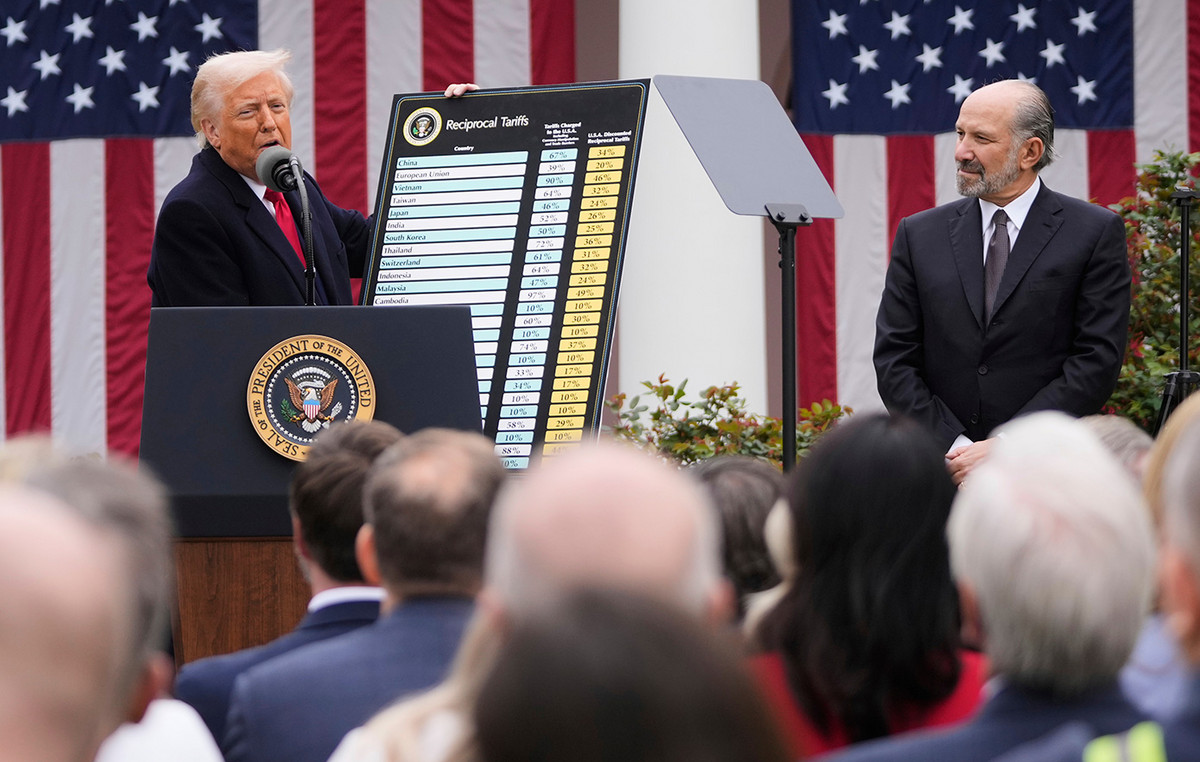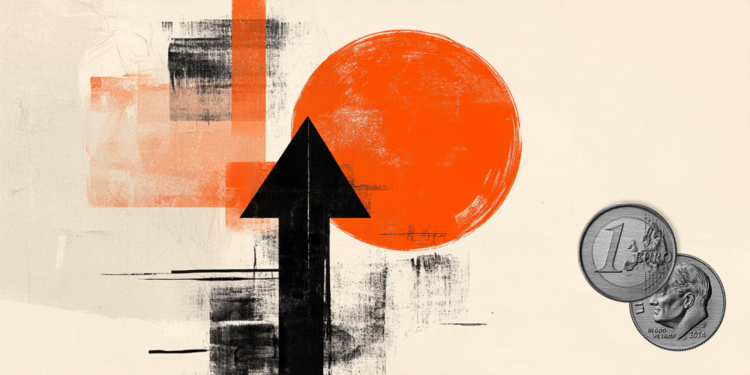Here’s what you need to know to trade today Monday, July 15:
Markets have started the new week cautiously following news of an assassination attempt on former President Donald Trump. The economic calendar will not include any high-impact data releases on Monday. Later in the American session, Federal Reserve (Fed) Chairman Jerome Powell will give a speech at the Economic Club of Washington.
US Dollar PRICE Last 7 days
The table below shows the percentage change of the US Dollar (USD) against major currencies over the past 7 days. The US Dollar was the weakest currency against the Japanese Yen.
| USD | EUR | GBP | JPY | CAD | AUD | NZD | CHF | |
|---|---|---|---|---|---|---|---|---|
| USD | -0.62% | -1.33% | -1.80% | -0.06% | -0.56% | 0.66% | -0.17% | |
| EUR | 0.62% | -0.51% | -0.88% | 0.88% | 0.22% | 1.63% | 0.79% | |
| GBP | 1.33% | 0.51% | -0.41% | 1.42% | 0.73% | 2.15% | 1.31% | |
| JPY | 1.80% | 0.88% | 0.41% | 1.78% | 1.28% | 2.67% | 1.72% | |
| CAD | 0.06% | -0.88% | -1.42% | -1.78% | -0.54% | 0.72% | -0.09% | |
| AUD | 0.56% | -0.22% | -0.73% | -1.28% | 0.54% | 1.41% | 0.57% | |
| NZD | -0.66% | -1.63% | -2.15% | -2.67% | -0.72% | -1.41% | -0.83% | |
| CHF | 0.17% | -0.79% | -1.31% | -1.72% | 0.09% | -0.57% | 0.83% |
The heatmap shows percentage changes of major currencies. The base currency is selected from the left column, while the quote currency is selected from the top row. For example, if you choose the US Dollar from the left column and move along the horizontal line to the Japanese Yen, the percentage change shown in the chart will represent the USD (base)/JPY (quote).
Following the sharp decline seen in the second half of the previous week, the US Dollar Index remains in a consolidation phase above 104.00 in the European session on Monday. The yield on 10-year US Treasury bonds is fluctuating above 4.2% and US stock index futures are trading modestly higher.
During Asian trading hours, data from China showed that gross domestic product (GDP) expanded at an annual rate of 4.7% in the second quarter. This reading followed the 5.3% growth recorded in the first quarter and was below the market expectation of a 5.1% expansion. Meanwhile, retail sales grew 2% year-on-year in June, missing analysts’ estimate of 3.3%, and industrial production expanded 5.3%, down from 5.6% in May.
He AUD/USD fluctuates in a narrow channel just below 0.6800 following disappointing Chinese data.
He EUR/USD gained more than 0.6% last week and recorded its highest weekly close since early March. The pair remains in a consolidation phase and is trading around 1.0900 on Monday morning.
He GBP/USD rose more than 1% for the second consecutive time last week and touched a yearly high. The pair is currently trading in a narrow channel slightly below 1.3000.
Following the rebound seen on Thursday, the Gold struggled to maintain its bullish momentum and recorded minor losses on Friday. Nevertheless, XAU/USD manages to hold steady above $2,400 at the start of the week.
After suffering heavy losses in the second half of the previous week, the USD/JPY finds it difficult to initiate a recovery. The pair was last seen trading modestly lower on the day below the 158.00 level.
The feeling of risk FAQs
In the world of financial jargon, the two terms “risk-on” and “risk-off” refer to the level of risk that investors are willing to bear over the reference period. In a “risk-on” market, investors are optimistic about the future and are more willing to buy risky assets. In a “risk-off” market, investors start to “play it safe” because they are worried about the future and therefore buy less risky assets that are more certain to provide a return, even if relatively modest.
Typically, during periods of “risk appetite”, stock markets rise, and most commodities – except gold – also appreciate as they benefit from positive growth prospects. Currencies of countries that are major commodity exporters strengthen due to increased demand, and cryptocurrencies rise. In a “risk-off” market, bonds rise – especially major government bonds –, gold shines, and safe haven currencies such as the Japanese Yen, Swiss Franc and US Dollar benefit.
The Australian Dollar (AUD), Canadian Dollar (CAD), New Zealand Dollar (NZD) and minor currencies such as the Ruble (RUB) and South African Rand (ZAR) tend to rise in markets where there is “risk appetite”. This is because the economies of these currencies are highly dependent on commodity exports for growth, and these tend to rise in price during periods of “risk appetite”. This is because investors anticipate higher demand for commodities in the future due to increased economic activity.
The major currencies that tend to rise during periods of “risk aversion” are the US Dollar (USD), the Japanese Yen (JPY) and the Swiss Franc (CHF). The Dollar, because it is the world’s reserve currency and because in times of crisis investors buy US government debt, which is considered safe because the world’s largest economy is unlikely to default. The Yen, because of increased demand for Japanese government bonds, since a large proportion are held by domestic investors who are unlikely to part with them, even in a crisis. The Swiss Franc, because strict Swiss banking legislation offers investors greater capital protection.
Source: Fx Street
I am Joshua Winder, a senior-level journalist and editor at World Stock Market. I specialize in covering news related to the stock market and economic trends. With more than 8 years of experience in this field, I have become an expert in financial reporting.







